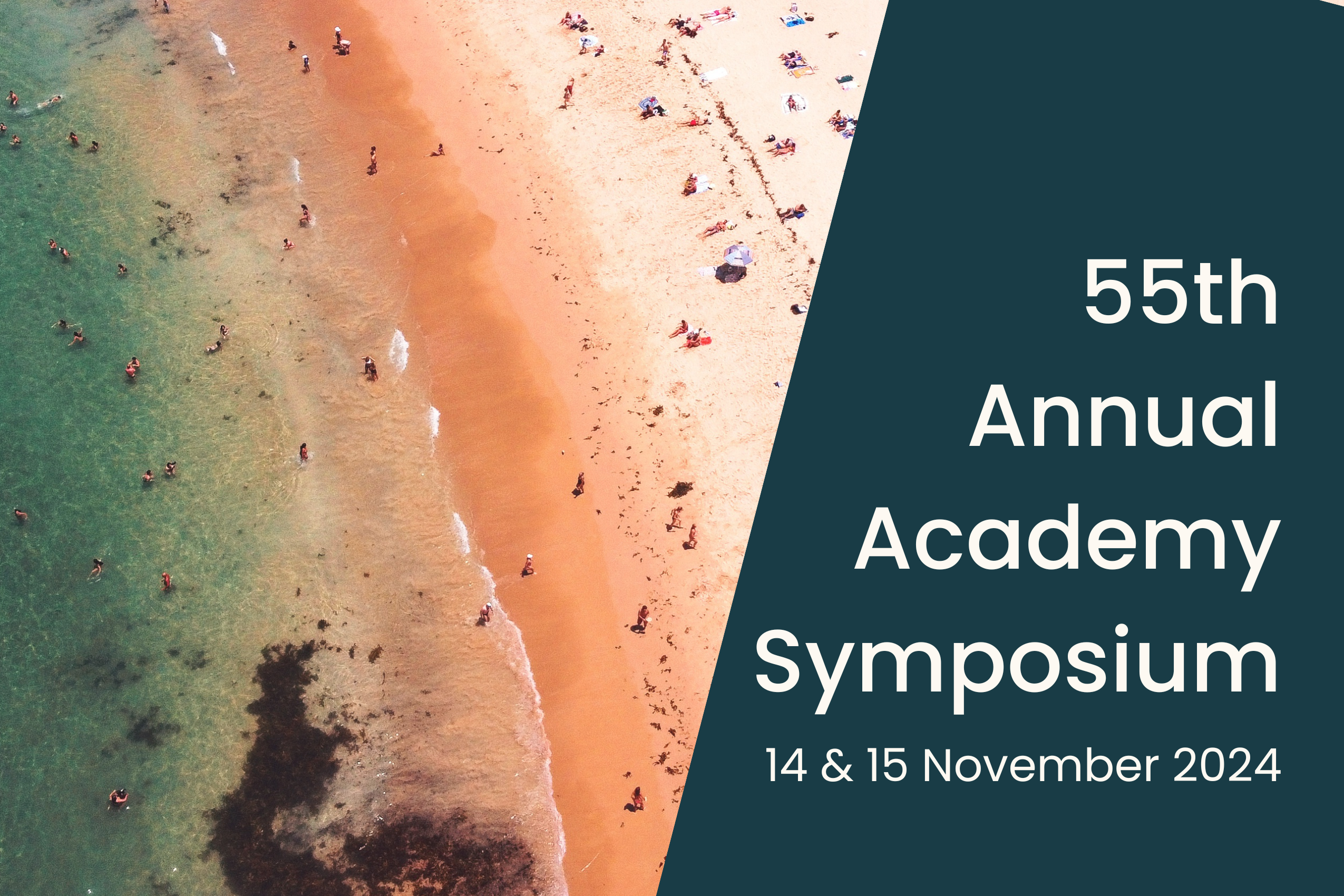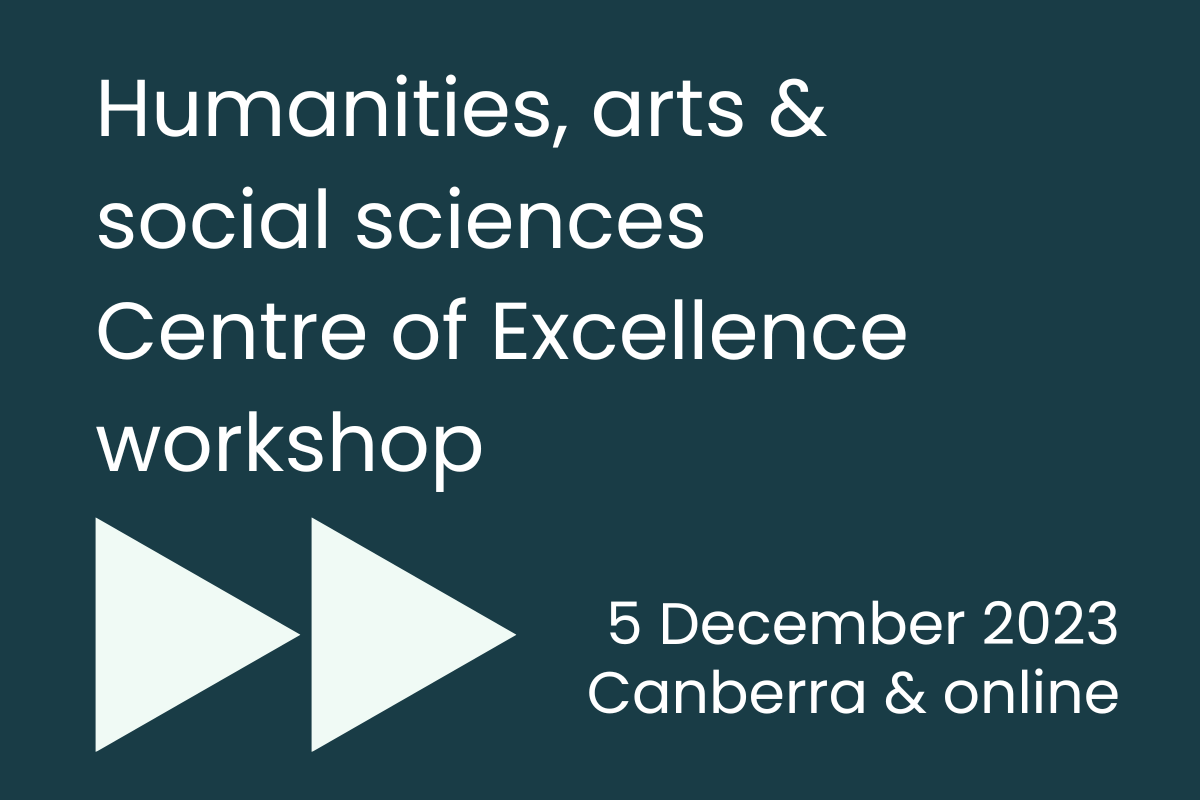Event details
When: 10-11.30am on Friday 17 November 2023
Where: Kaleide RMIT Union Theatre, Melbourne
Professor Richard Yeo FAHA of Griffith University considers an early forerunner to today’s artificial intelligence memorywork; Professor Marnie Hughes-Warrington compares the ways in which machines and human historians use questions in historical reasoning; and Professor Gerard Goggin FAHA draws upon his research on disability and technology, to discuss the development of assistive and inclusive technologies and their influence on taken-for-granted accounts of automation.
The panel is chaired by Professor Victoria Haskins FAHA, member of the Council of the Australian Academy of the Humanities. An historian of transcolonial cross-cultural gender and labour histories at the University of Newcastle, Australia, she is the former director of the Centre for 21st Century Humanities (2019-20), and founding co-director of the Purai Global Indigenous History Centre (2013-2022).
Machine Historians and the Limits of History Making
Advances in artificial intelligence prompt us to consider whether all historians are human. If they are not all human, then thought will be needed to outline the criteria for determining whether an historian is good at their work, let alone responsible for it. Comparing the work of award-winning historians and machines, Marnie Hughes-Warrington AO will explore the role of questions in the logic of history making and show how historians might contribute to the development of historiographical frameworks or ontologies for machine historians. Looking at recent winners of the Wolfson History Prize, she shows that book histories tend to end with third person plural questions to readers, whereas journal articles tend more commonly to start with questions. She also highlights how poorly machines perform with novel questions, and how few members of the public think that new questions prompt new histories.
Dishuman-Machine Communication: Histories and Imaginaries of Assistive and Inclusive Technologies
Disability is an important area that speaks to important facets of the relationships between human and machines – and how we frame automation and AI. There is a long, largely unacknowledged history of human–machine communication when it comes to people with disabilities, often cordoned off from prominent mainstream areas of technology innovation and development. Yet such histories and accounts of disability are highly influential in contemporary sociotechnical imaginaries. In this talk, Gerard Goggin FAHA explores the idea that human–machine communication should – as UK disability scholars Goodley & Runswick-Cole suggest elsewhere – “always involve thinking about disability”. In particular, as he shall illustrate, our considerations of humans and machine have a great deal to gain from revisionist work on the histories of assistive and inclusive technologies. This work provides us with fresh perspectives that move from seeing disability as a “special” or “exceptional” case to a complex, relational, material category that helps us rethink the general relationships among humans and machines, and other technology. It proves especially generative in how we approach and shape the scene of automation and its social relations and futures.
Vannevar Bush’s “memex” (1945), a mechanical aid to the mind: precursors and contemporaries
In 1945 the American engineer, Vannevar Bush (1890-1974), published an article about a device relying on photocells and microfilm to aid memory and thinking. This ‘memex’ (perhaps a contraction of ‘memory extended’) was ‘mechanized so that it may be consulted with exceeding speed and flexibility’, thus serving as ‘an enlarged intimate supplement’ to individual memory. Memex was never built, but its blueprint can (with caveats) be seen as foreshadowing hypertext links; more assuredly, Bush’s reflections on how an individual might use such a ‘machine’ anticipate the ‘man-machine interface’ concept (replaced by ‘human-machine interface’ from the 1980s).
Like many observers stretching back to the Renaissance, Bush identified information overload as a complaint to be addressed by external supports for the mind such as notes on slips of paper or in notebooks. In c.1640, Thomas Harrison, an Oxford graduate and cleric, proposed the ‘Ark of Studies’, a large cabinet holding small slips of paper (before ‘index cards’) on hooks labelled with topical headings and arranged on wooden rods in alphabetical order. As well as storing information, both inventions were intended to cultivate particular cognitive functions: Harrison believed his ‘Ark’ would distil fundamental units of knowledge, enabling novel combinations; Bush designed ‘memex’ to capture the user’s association of ideas and preserve them in permanent ‘trails’ that could be automatically retrieved. Richard Yeo FAHA explores the questions both examples raise of whether the owner controlled the machine or was trained by it. By the early 1960s, Joseph Licklider (1915-1990) and Douglas Engelbart (1925-2013), two pioneers of computer software, went beyond Bush’s work in imagining the interactions between ‘between humans and machines’.




